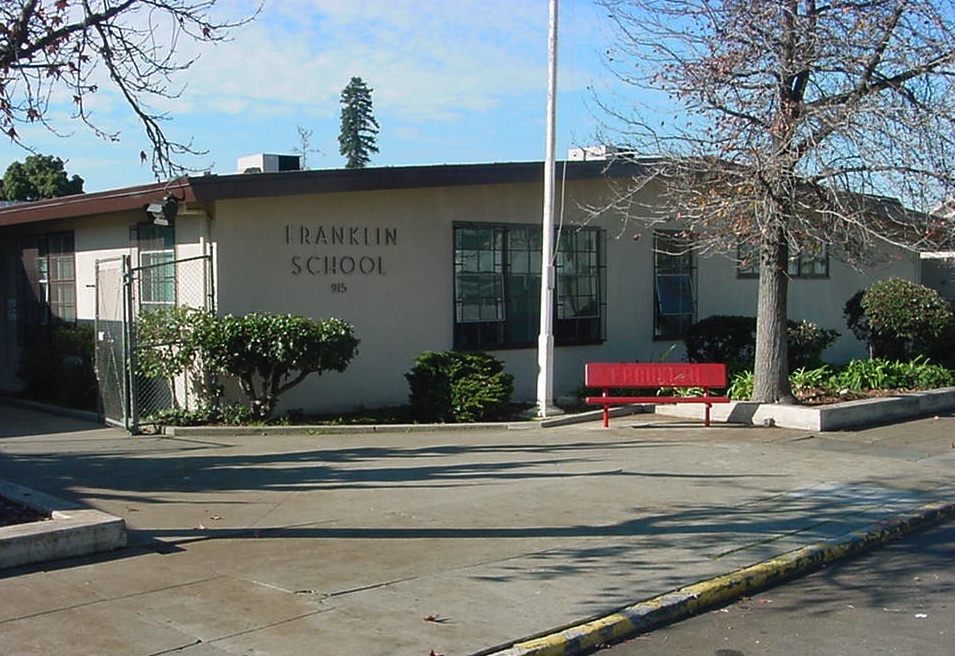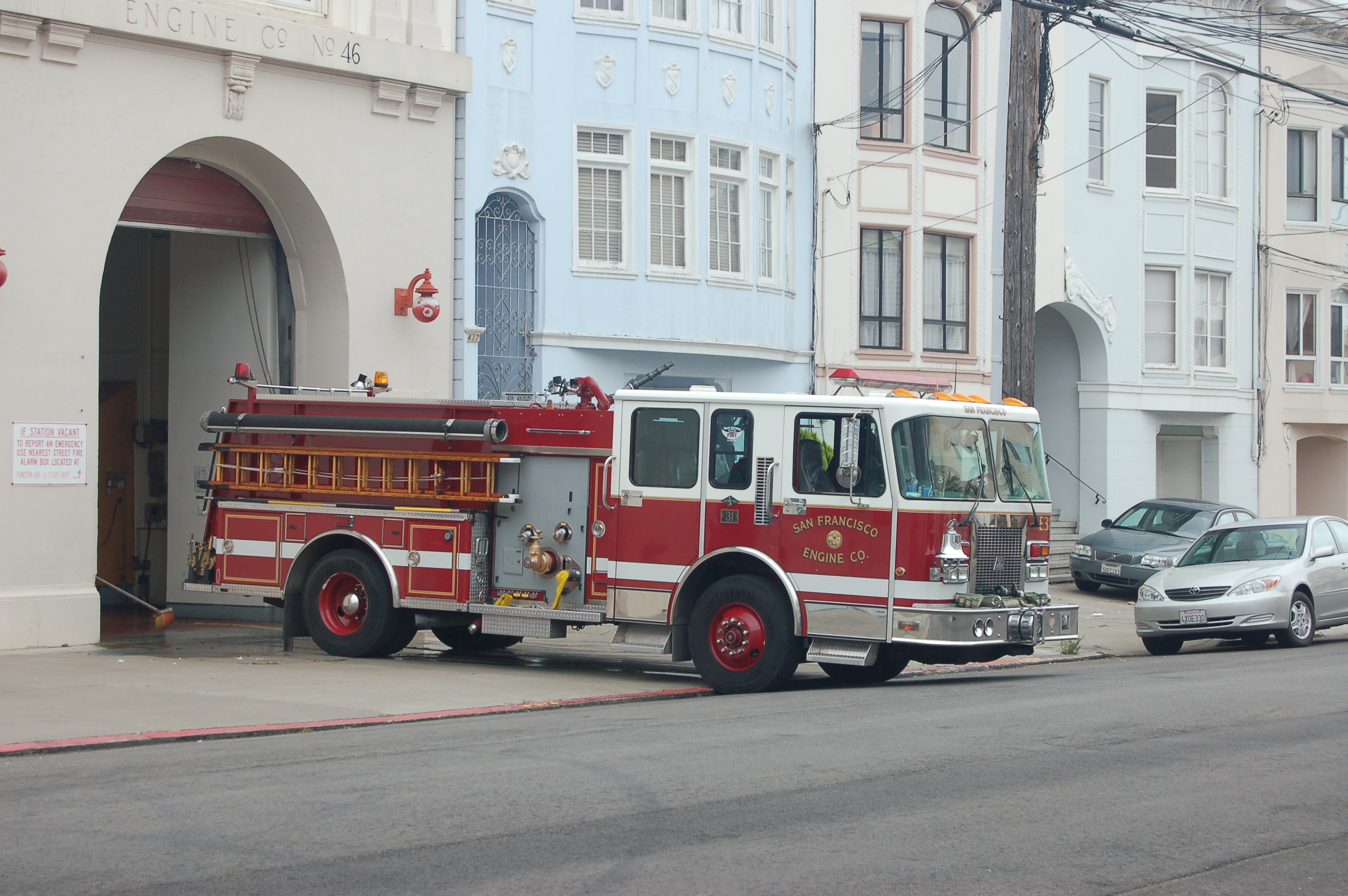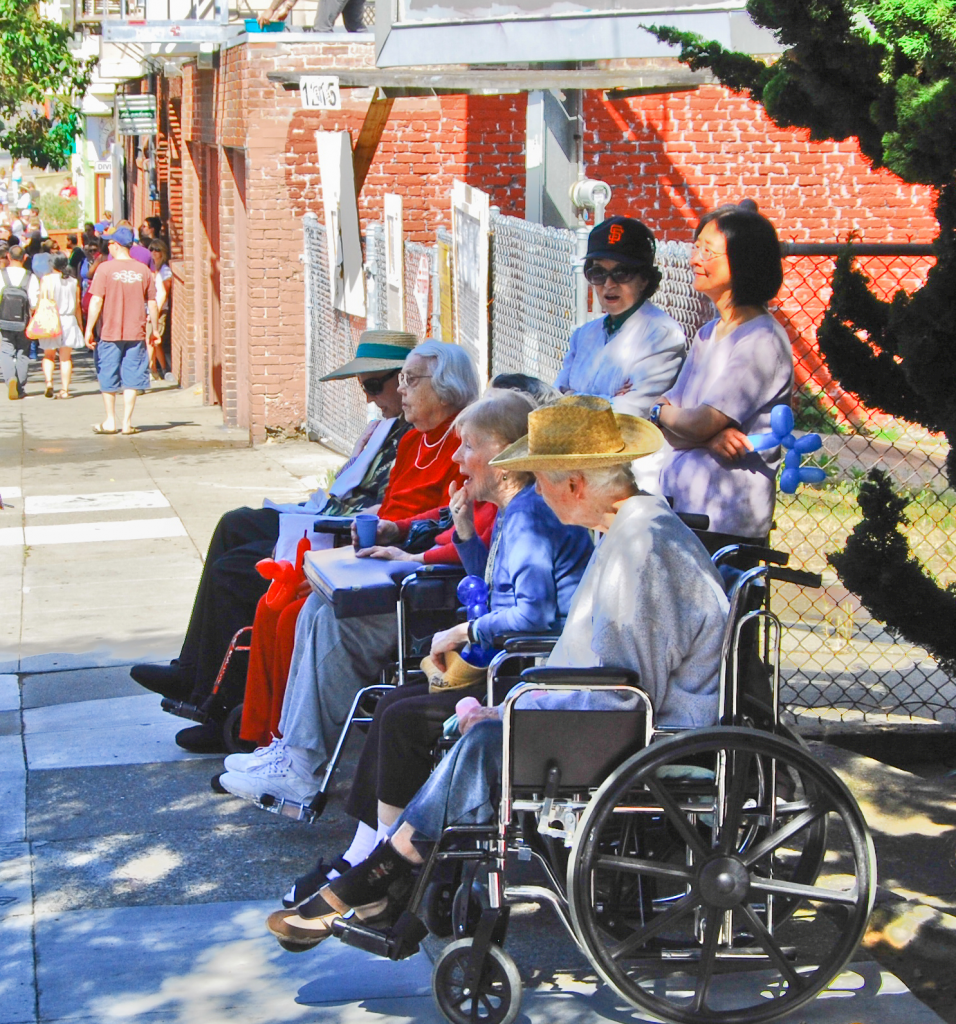
Franklin Elementary School, Oakland CA. Photo credit: Oakland Unified School District
It is important to understand and address the challenges these facilities may face from current and future flooding so that communities are prepared to respond and recover. Flooding could prevent hospitals and health clinics from providing care for patients, and police and fire stations from responding to emergencies. These impacts on public facilities present significant challenges because the populations they serve are themselves vulnerable, including medically dependent individuals and young children. During periods of recovery, services provided by these facilities may be unavailable to those that need them most.
Key Findings
Healthcare facilities help communities address a range of issues that are often influenced by physical, social, and economic factors. These include chronic diseases (such as cancer, obesity and diabetes), homelessness, communicable diseases, aging, and maternal and child health. Individuals with ongoing medical needs are more likely to be vulnerable in a disaster and may require specialized care, equipment, or supplies. A major concern, particularly in areas with few public health care facilities, is that community members will be unable to access health care if their neighborhoods are cut off by flooding or other disasters.

Photo Credit Rob Young
Emergency facilities do, however, have an inherent capacity to accommodate or adjust to impacts. For example, fire stations are equipped to assist their communities with flooding and have access to portable pumps and power. In addition, as trained emergency responders, police and fire fighters should be individually prepared to safely evacuate if the stations are threatened.

Photo credit: Tolka Rover
Schools are not only the place where children and adults obtain education; they are also a critical resource during an emergency, serving as temporary shelters and bases of operations for relief efforts. In addition, schools are important for community resilience as they help build and maintain social networks, serving as a place for neighbors to meet each other, get information, and receive support services if necessary. Schools are vulnerable to sea level rise and storm events because of their physical construction and function. School buildings are not typically constructed to resist flooding; for example, they often have at-grade entrances and critical equipment, such as fans, boilers, and pumps that cannot function if wet and are often located below grade or on the ground floor. In addition, because there are young children, and possibly limited-mobility or special education students on campus, schools are especially difficult to evacuate in the event of an emergency. Even schools that are not directly impacted by flooding may be vulnerable to disruptions in transit, road networks, utilities, or other services.
Waste collection services and transfer stations provide important day-to-day services to residents and businesses, including the regular collection of solid wastes and recycling, and a location to bring hazardous household wastes. These services will be critical to ensure that communities and neighborhoods that are impacted by flooding can clean up quickly and begin to recover, and will be needed by others not affected by flooding to make sure wastes continue to be collected, ensuring that public and environmental health is protected.
Project Findings and Materials
- Alameda County ART Project Page
- Profile Sheet: Community Land Use

- Existing Conditions and Stressors: Community Land Use

- Alameda County Vulnerability and Risk: Community Land Use

- ART Alameda County Adaptation Responses for Community Land Use

- Contra Costa County ART Project Page
- Contra Costa County ART Project Public Services Chapter

- Contra Costa County ART Project Key Planning Issue #3: Access to Services

- Oakland/Alameda Resilience Study Schools Profile Sheet


For more information:
- Jackie Mandoske
- Jaclyn.Mandoske@bcdc.ca.gov
- 415-352-3631